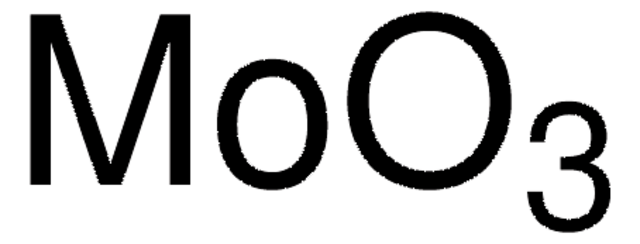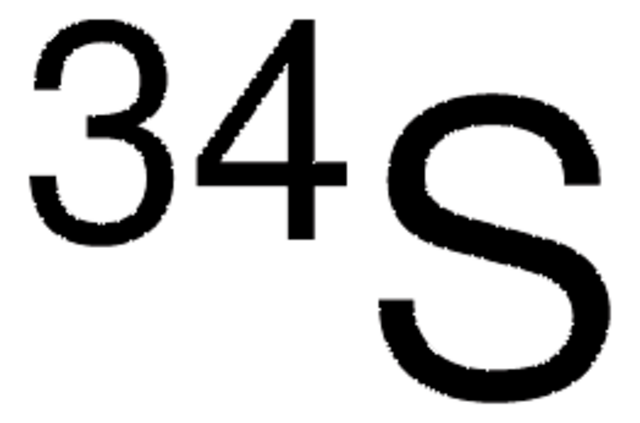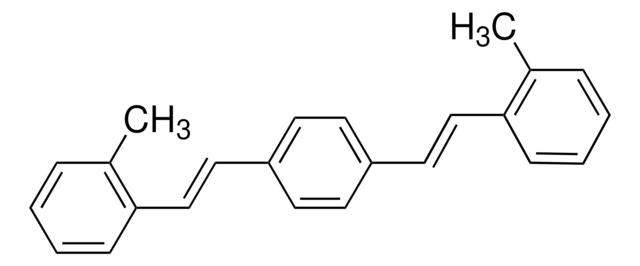推薦產品
蒸汽密度
8.9 (vs air)
蒸汽壓力
1 mmHg ( 183.8 °C)
10 mmHg ( 246 °C)
化驗
99.98% trace metals basis
形狀
powder
自燃溫度
450 °F
電阻係數
2E23 μΩ-cm, 20°C
bp
444.7 °C (lit.)
mp
112.8 °C (rhombic) (lit.)
117-120 °C (lit.)
119.0 °C (monoclinic) (lit.)
密度
2.07 g/mL at 25 °C
SMILES 字串
[S]
InChI
1S/S
InChI 密鑰
NINIDFKCEFEMDL-UHFFFAOYSA-N
尋找類似的產品? 前往 產品比較指南
應用
訊號詞
Warning
危險聲明
危險分類
Skin Irrit. 2
儲存類別代碼
4.1B - Flammable solid hazardous materials
水污染物質分類(WGK)
WGK 1
閃點(°F)
Not applicable
閃點(°C)
Not applicable
個人防護裝備
Eyeshields, Gloves, type P3 (EN 143) respirator cartridges
客戶也查看了
相關內容
Batteries, fuel cells, and supercapacitors rely on electrochemical energy production. Understand their operation and electron/ion transport separation.
Batteries, fuel cells and supercapacitors are energy conversion and storage devices based on electrochemical energy production at the electrode/electrolyte interface and electron/ion transport separation.
我們的科學家團隊在所有研究領域都有豐富的經驗,包括生命科學、材料科學、化學合成、色譜、分析等.
聯絡技術服務

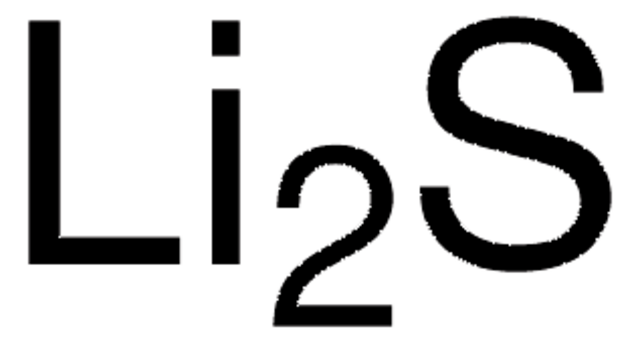


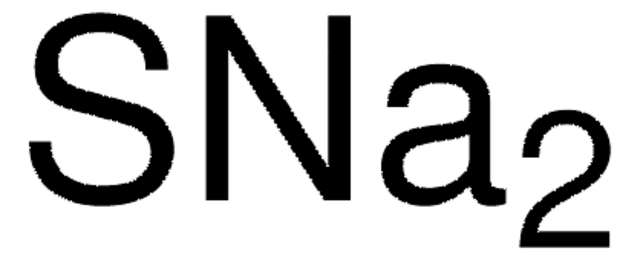
![1,4-二叠氮双环[2.2.2]辛烷 ReagentPlus®, ≥99%](/deepweb/assets/sigmaaldrich/product/structures/366/129/a6ff4175-974d-4fac-9038-b35e508ef252/640/a6ff4175-974d-4fac-9038-b35e508ef252.png)

